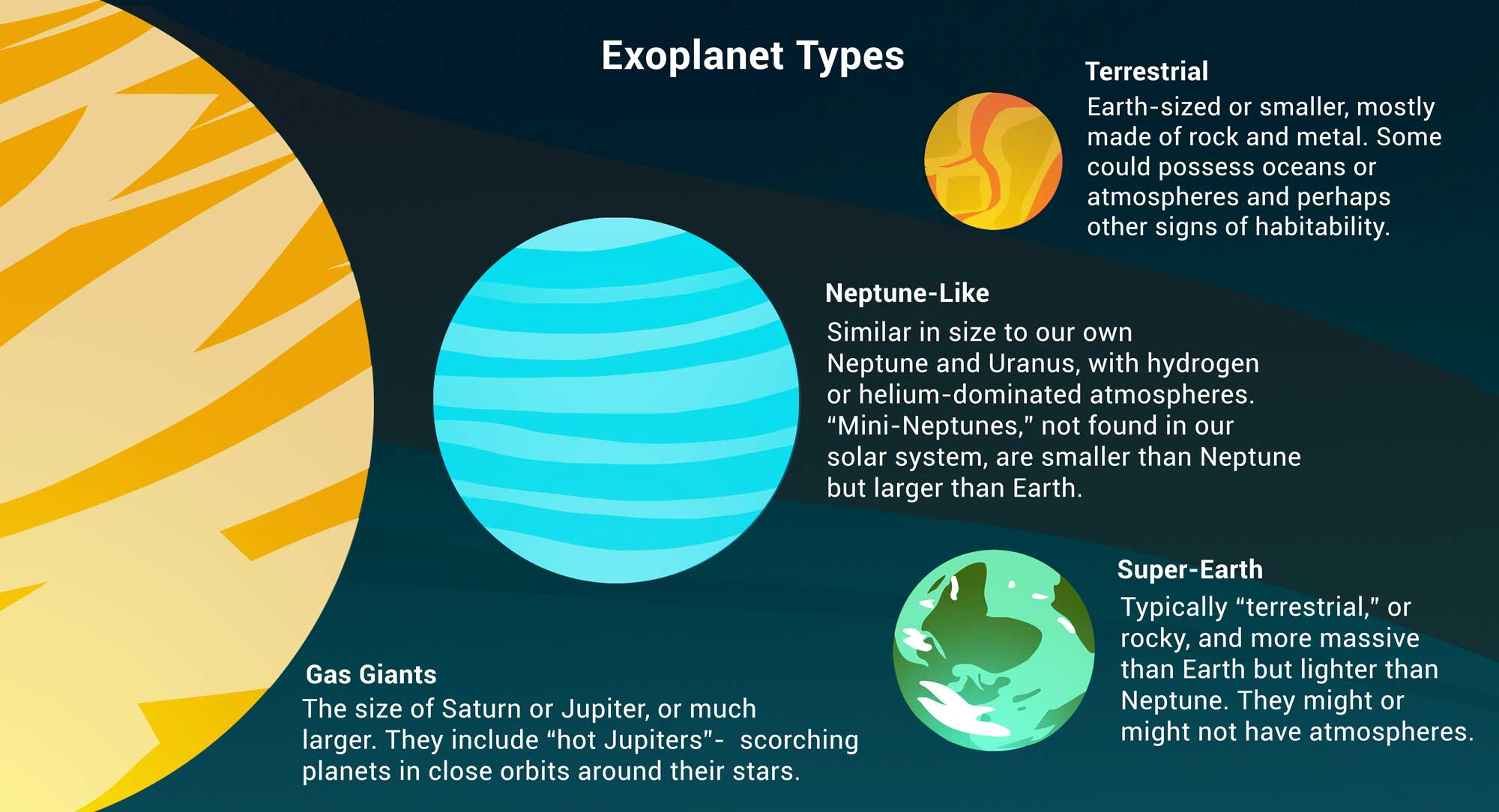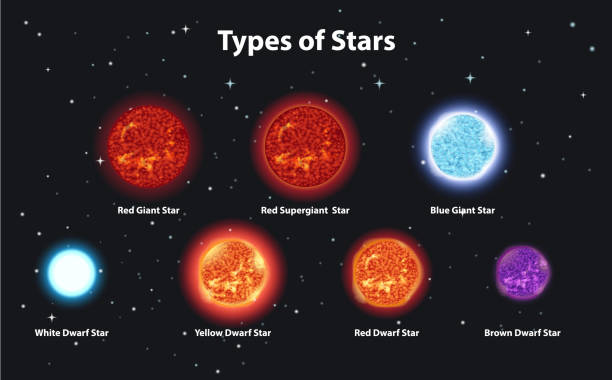Science & Technology
Exoplanet
- 17 Jan 2023
- 7 min read
Prelims: Exoplanet, NASA, James Webb Space Telescope, LHS 475 b, Exoplanets, Red Dwarf Star.
Mains: Exoplanet, its discovery and significance of its study.
Why in News?
Recently, the National Aeronautics and Space Administration’s (NASA) James Webb Space Telescope has discovered its first new exoplanet named- LHS 475 b.
- Owing to the Webb telescope’s advanced capabilities, researchers may detect more Earth-sized planets in future.
What are the Key points of LHS 475 b?
- Findings:
- It is roughly the same size as Earth, its diameter is 99% the same as Earth.
- It is a terrestrial, rocky planet about 41 light-years away from Earth in the constellation Octans.
- It differs from Earth in that it completes an orbit in just two days and is hundreds of degrees hotter than Earth.
- It is also closer to its star than any planet in our solar system is to the sun, although its star is less than half the temperature of the sun.
- It orbits very close to a red dwarf star and completes a full orbit in just two days.
- So far, most of the discovered exoplanets are similar to Jupiter as Earth-sized planets are much smaller in size and harder to discover with older telescopes.
- Significance:
- These first observational results from an Earth-size rocky planet open the door to many future possibilities for studying rocky planet atmospheres.
- Its red dwarf star is less than half the temperature of the Sun, so the researchers are expecting that it still could have an atmosphere.
What are Exoplanets?
- About:
- Exoplanets are planets that orbit other stars and are beyond our solar system. The first confirmation of detection of exoplanets occurred in 1992.
- According to NASA, to date, more than 5,000 exoplanets have been discovered.
- Scientists believe that there are more planets than stars as each star have at least one planet orbiting it.
- Exoplanets come in a host of different sizes. They can be gas giants bigger than Jupiter or as small and rocky as Earth. They are also known to have different kinds of temperatures — boiling hot to freezing cold.

- Exoplanets are planets that orbit other stars and are beyond our solar system. The first confirmation of detection of exoplanets occurred in 1992.
- Discovery:
- Exoplanets are very hard to see directly with telescopes. They are hidden by the bright glare of the stars they orbit.
- So, astronomers use other ways to detect and study exoplanets such as looking at the effects these planets have on the stars they orbit.
- Scientists rely on indirect methods, such as the transit method, which is measuring the dimming of a star that happens to have a planet pass in front of it.
- Other detection methods include gravitational microlensing- Light from a distant star is bent and focused by gravity as a planet passes between the star and Earth. The same method could hypothetically use our Sun to see exoplanets.
- Significance:
- Studying exoplanets not only broadens our understanding of other solar systems but also helps us piece together information about our own planetary system and origin.
- However, the most compelling reason to learn about them is to find the answer to one of the most profound and thought-provoking questions of humankind — are we alone in this universe?
- Another important element of the study is finding out the distance between an exoplanet and its host star.
- This helps scientists determine if a discovered world is habitable or not. If an exoplanet is too close to the star, it might be too hot to sustain liquid water. If it’s too far, it might only have frozen water.
- When a planet is at a distance that enables it to have liquid water, it is said to be in the “Goldilocks zone” or the habitable zone.
What are Red Dwarf Stars?
- Red dwarf stars are small, low-mass, dim, and cool stars, they are the most common and smallest in the universe.
- As they don’t radiate much light, it’s very tough to detect them with the naked eye from Earth.
- However, as red dwarfs are dimmer than other stars, it is easier to find exoplanets that surround them. Therefore, red dwarfs are a popular target for planet hunting.
- The habitable zone of red dwarf stars is closer to the star than stars like our sun, making it easier to observe potentially habitable planets.

UPSC Civil Services Examination, Previous Year Question (PYQ)
Q. The term ‘Goldilocks Zone’ is often seen in the news in the context of (2015)
(a) the limits of habitable zone above the surface of the Earth
(b) regions inside the Earth where shale gas is available
(c) search for the Earth-like planets in outer space
(d) search for meteorites containing precious metals
Ans: (c)
Exp:
- The ‘Goldilocks Zone’ refers to the habitable zone around a star where the temperature is just right – not too hot and not too cold – for liquid water to exist on a planet.
- Since liquid water is essential for life as it has potential to accommodate biotic organism, thereby, it is called ‘habitable zone’.
- Therefore, option (c) is the correct answer.




